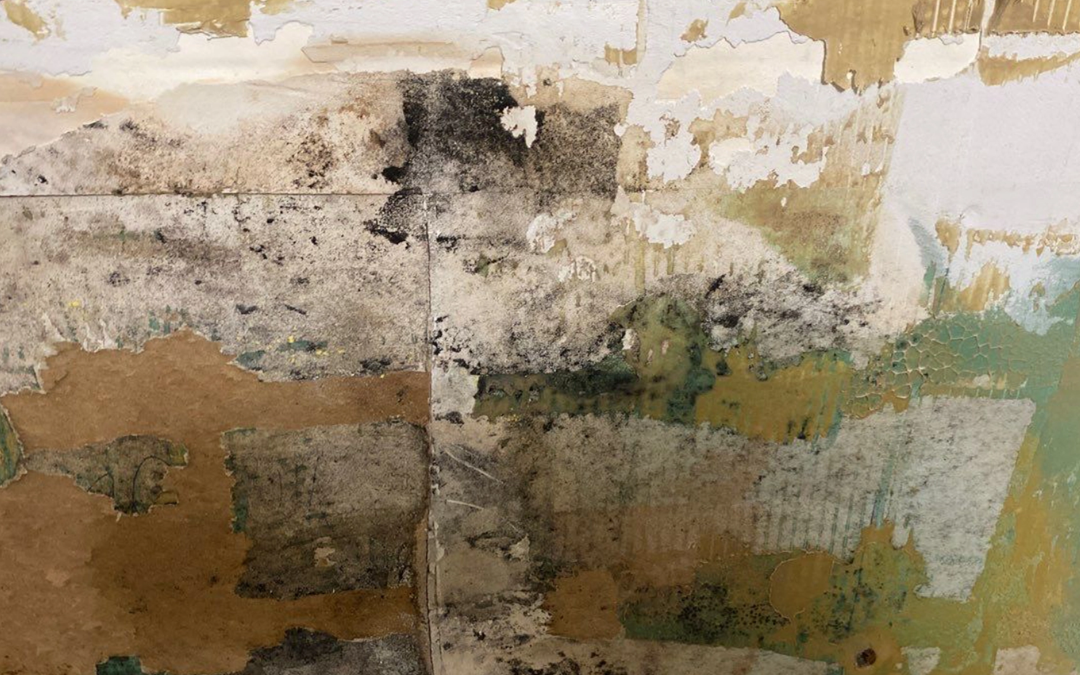Breathing in black mold (Stachybotrys chartarum) can lead to respiratory issues, allergic reactions, and long-term health problems, especially for those with asthma, weakened immune systems, or mold sensitivities. While black mold is not always toxic, prolonged exposure can still cause serious health effects. Here’s what happens when you inhale black mold spores and when to seek professional mold removal.
Table of Contents
1. Immediate Symptoms of Breathing in Black Mold
Even short-term exposure to black mold can trigger allergic reactions and respiratory issues. Common symptoms include:
- Sneezing, coughing, or a runny nose
- Irritated eyes, throat, and skin
- Wheezing or shortness of breath
- Sinus congestion or headaches
If you already have asthma, allergies, or lung conditions, mold exposure can worsen symptoms and lead to asthma attacks or breathing difficulties.
2. Long-Term Health Effects of Black Mold Exposure
Extended exposure to black mold may cause more severe health problems, including:
- Chronic sinus infections from ongoing inflammation.
- Persistent fatigue and dizziness, making daily activities harder.
- Neurological issues like memory loss, mood swings, and difficulty concentrating (in extreme cases).
- Weakened immune system, making you more vulnerable to infections.
Some people refer to this as “mold toxicity” or “sick building syndrome,” though symptoms vary based on individual sensitivity and exposure levels.
3. Who Is Most at Risk from Black Mold Exposure?
While anyone can experience symptoms from mold, certain groups are more vulnerable:
- Infants and young children (developing immune systems).
- Elderly individuals with weaker respiratory function.
- People with asthma, COPD, or other lung conditions.
- Those with mold allergies or compromised immune systems.
If someone in your household belongs to these high-risk groups, mold exposure should be addressed immediately.
4. How to Reduce Exposure to Black Mold
If you suspect mold in your home, take these steps to protect yourself:
Leave the affected area if symptoms worsen indoors.
Increase ventilation by opening windows and using air purifiers.
Avoid disturbing mold—scraping or wiping it can release more spores into the air.
Wear a mask and gloves if handling mold-contaminated items.
Call a professional mold removal service to eliminate the problem safely.
DIY cleaning methods may not fully remove black mold, and improper handling can spread spores further.
5. When to Call a Mold Removal Professional
You should contact a professional mold remediation company if:
- Mold covers more than 10 square feet.
- You have persistent symptoms that improve when you leave home.
- The mold is inside walls, air ducts, or difficult-to-reach areas.
- Your home has a history of leaks, flooding, or high humidity.
Restoration Cincinnati specializes in mold inspections, testing, and safe removal, ensuring your home is mold-free and safe to breathe in.
Worried About Black Mold? Call Now!
If you think you’ve been exposed to black mold, don’t wait! Call 859-287-4195 or visit our website to schedule a professional mold inspection and removal today!

